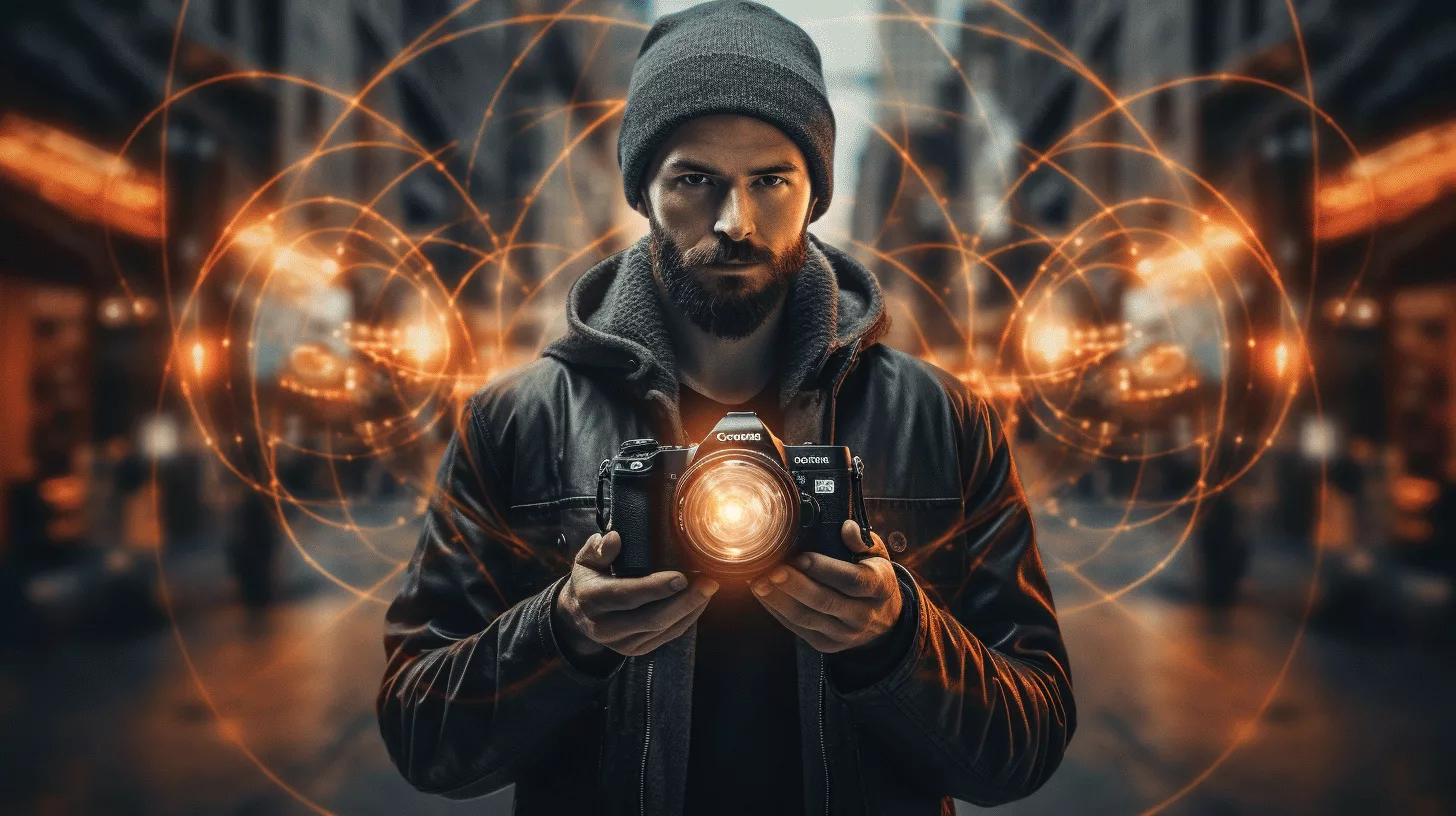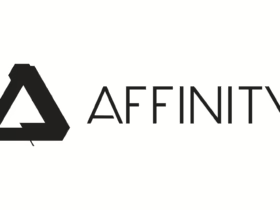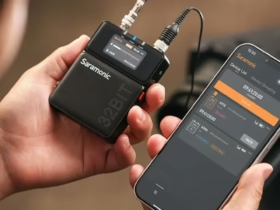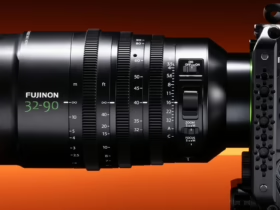The emergence of generative AI imagery has caused a significant stir within the photography community. While competition is a concern, a more pressing issue lies in how generative AI appropriates and repurposes existing visual content. This has raised questions about safeguarding creative works in an evolving digital landscape. The impact of AI on photography is becoming increasingly evident, forcing photographers to rethink their creative processes and protective measures.
The Rise of Generative AI: A Double-Edged Sword
Generative AI’s earlier attempts at creating photorealistic visuals often drew amusement, particularly for its struggle with human anatomy, like producing six-fingered hands. Even in personal experiments with generative AI, unexpected results surfaced—such as a saxophone prompt yielding brass contraptions that looked more cyberpunk than musical. Despite these initial limitations, the impact of AI on photography continues to grow as the technology rapidly improves, challenging traditional artistic fields like photography, graphic design, and fine art.
A fundamental concern arises from the way AI generates images. It relies heavily on a blend of existing visuals harvested from the internet, regardless of whether the creators of those images consented to their use. For instance, when prompted to create an image of a snowy owl on an icy lake, the AI reconfigures elements from actual photographs of snowy owls and frozen landscapes. This means that any photographer, designer, or artist might unknowingly contribute to the AI’s training data. These developments underline the profound impact of AI on photography and its potential to disrupt long-standing creative practices.
How Creatives Can Adapt and Protect Their Work
This issue is further explored by Canadian wildlife photographer Simon D’Entremont in one of his insightful video series. He addresses the nuances of this technological shift, balancing a professional critique of AI’s implications with recognition of its potential advantages. His discussion avoids alarmism, instead offering pragmatic advice for creators navigating this new territory, including how they can shield their work from exploitation by AI systems. This guidance becomes increasingly relevant as the impact of AI on photography intensifies, reshaping the way images are created and consumed.
So, what’s your perspective on this matter? Do you see generative AI as a threat to traditional photography, or has it already influenced your creative practice positively or negatively? Share your thoughts in the comments.







Leave a Reply